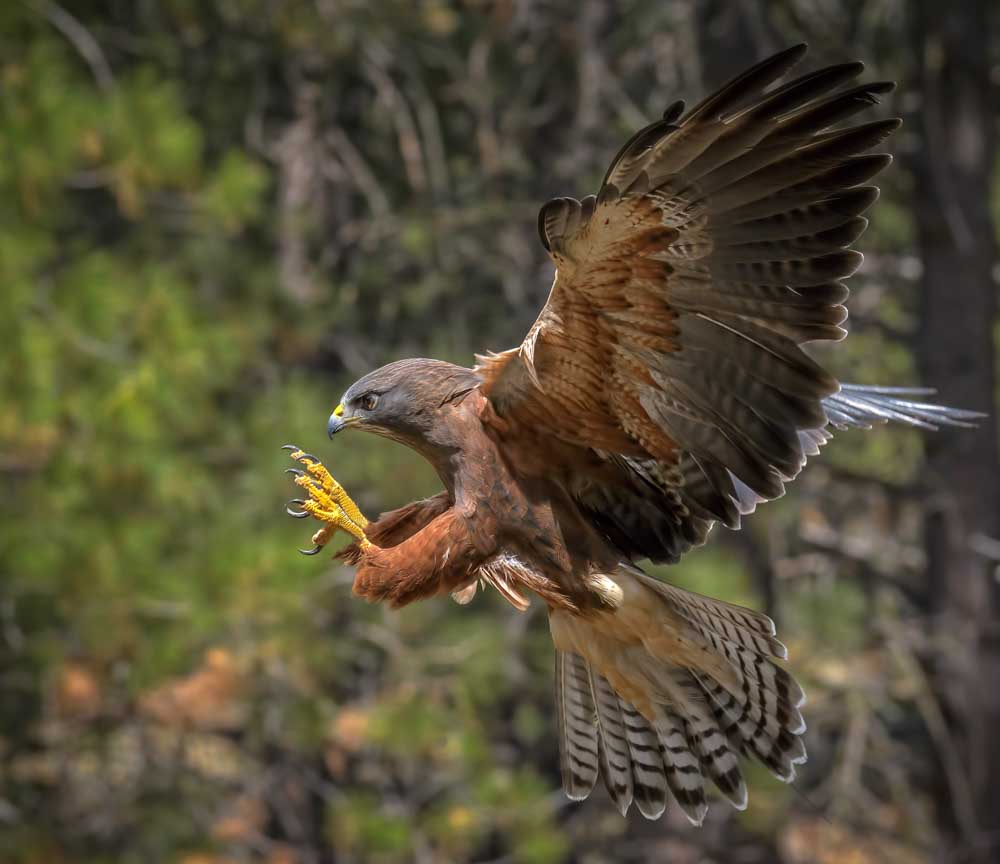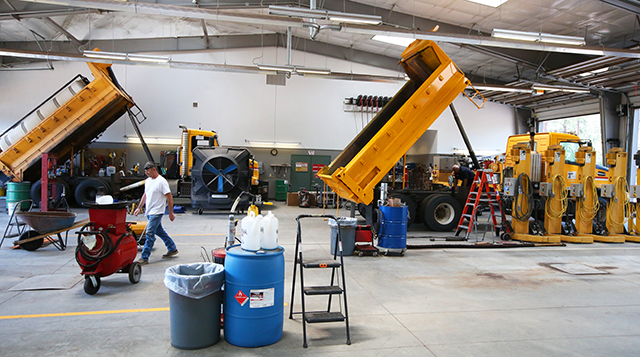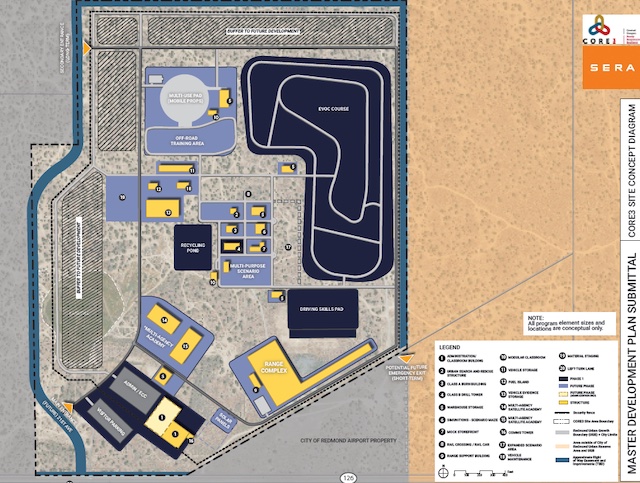New exhibit explores wildlife navigation
Published 12:00 am Tuesday, September 4, 2018

- The High Desert Museum’s latest exhibit, “Animal Journeys: Navigating in Nature,” features information about how birds such as the Swainson’s hawk use the Earth’s magnetic field to migrate. (Dan Schafer/Submitted photo)
A new exhibit opening Saturday at the High Desert Museum will explore how different wildlife species navigate through the world.
The exhibit, “Animal Journeys: Navigating in Nature,” highlights the latest scientific research into the ways species travel using internal compass senses and mental maps of the landscape around them.
Trending
Visitors to the exhibit will learn how birds such as the Swainson’s hawk migrate using the Earth’s magnetic field, salmon rely on their sense of smell to spawn, and ants count their steps.
Another discovery on display at the exhibit is how dung beetles navigate by watching the stars in the Milky Way.
“Our understanding of animal navigation has changed rapidly in the past 100 years,” said Christina Cid, director of programs for the museum. “Just thinking about how different animals have internal compasses they use to help find their way. How they use different stars in the sky.”
All the wildlife species in the exhibit can be found in the region, providing an added connection for visitors, Cid said.
“This is very High Desert specific,” Cid said.
It can be difficult to present abstract ideas about animal navigation in an exhibit, but the museum incorporated creative and interactive features to bring the ideas to life, Cid said.
Trending
Part of the exhibit is a sculpture of birds in a migratory pattern, created by artist Kirsten Furlough.
The entire experience will be family-friendly and feature hands-on activities, Cid said.
The interactive aspects will include star navigation and having visitors create their own constellations maps.
Visitors will also be able to test their sense of direction by looking to the sun or natural landmarks for clues.
An important piece of the exhibit is teaching visitors about human impact on animals’ journeys, Cid said. Light pollution can disorient birds and other species as they travel. A practical way for people to help is by keeping their lights off at night, Cid said.
“We want people to have a greater understanding of the environment around them,” Cid said.
The exhibit was developed by the museum’s curator of natural history, Louise Shirley, who spent the past year researching the topic and talking with scientists around the world about their work.
“The navigational feats performed by wildlife — whether as part of their daily, local activities or long-distance migrations — are arguably some of the natural world’s most awe-inspiring phenomena,” Shirley wrote in a letter about the exhibit.
An opening reception for museum members will be held from 5:30 p.m. to 7:30 p.m., Friday.
The exhibit will be open through July 14.
— Reporter: 541-617-7820, kspurr@bendbulletin.com








